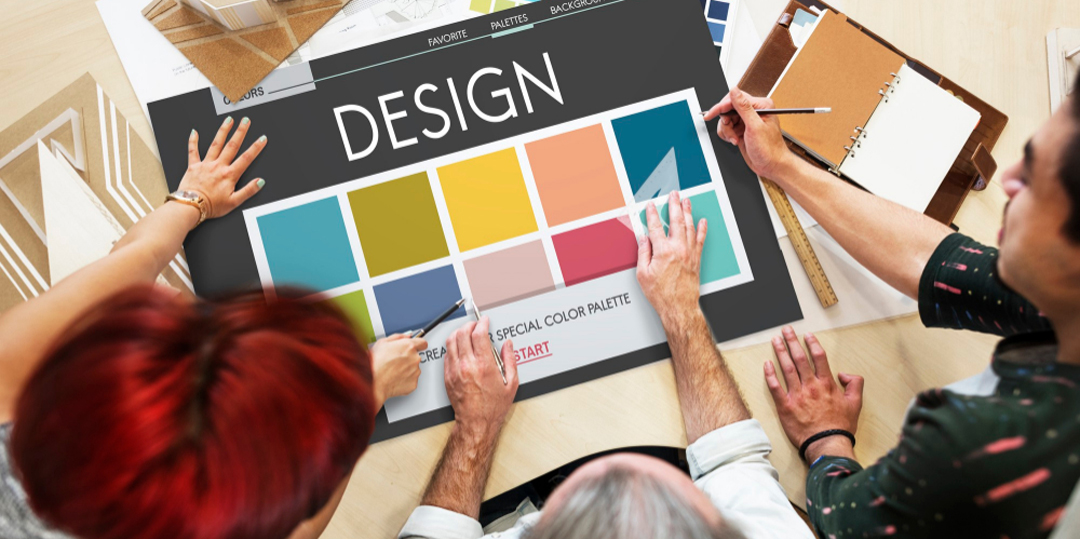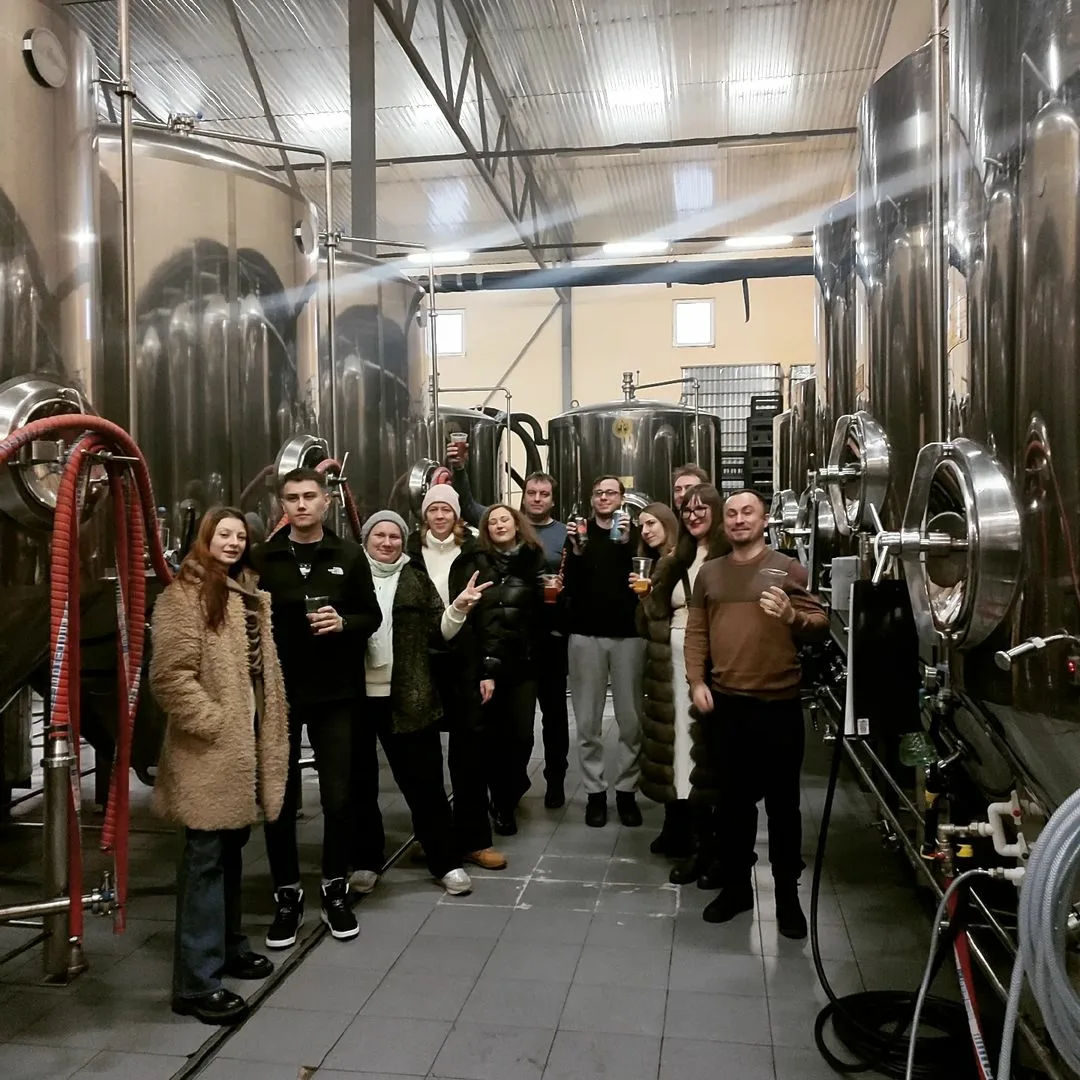Color Psychology in Web Design: How Colors Influence Conversions

Strong 8k brings an ultra-HD IPTV experience to your living room and your pocket.
where attention spans are fleeting, the strategic use of color stands as perhaps the most powerful yet subtle tool in a designer's arsenal. Beyond mere aesthetic appeal, colors speak a primal language to our subconscious, triggering psychological responses that can dramatically impact user behavior, trust establishment, and ultimately, conversion rates.
The Neuropsychology of Color Perception
When a visitor lands on your website, their brain processes color before any text or layout elements. This initial color perception triggers a cascade of neurological responses—from the amygdala processing emotional reactions to the hippocampus forming memory associations. The visual cortex decodes these color signals in approximately 13 milliseconds, significantly faster than conscious thought formation. This neurological speed means color establishes the emotional foundation for all subsequent user interactions.
Chromatic Conversion Pathways
The journey from initial color impression to conversion action follows discernible patterns. Warm colors like red and orange stimulate immediate action pathways in the brain, creating urgency that can translate to higher click-through rates on call-to-action buttons. Meanwhile, cool blues and greens activate trust centers, extending browse times and deepening engagement with content. The strategic implementation of color contrast directly impacts visual hierarchy processing, guiding users through predetermined conversion funnels with remarkable precision.
Cultural Color Coding
Color interpretation exists at the intersection of universal psychological responses and deeply embedded cultural frameworks. While blue consistently emerges as trustworthy across cultural boundaries, making it ideal for financial and healthcare interfaces, colors like white—representing purity in Western markets—can signify mourning in Eastern cultures. Successful global brands develop sophisticated color adaptation strategies, maintaining brand recognition while respecting these cultural color connotations.
The Conversion Color Palette
The architecture of an effective conversion palette extends beyond primary brand colors to include strategic accent elements. High-performing websites typically employ a 60-30-10 ratio: 60% primary neutral colors establishing foundation, 30% secondary brand colors reinforcing identity, and 10% accent colors driving conversion actions. This balanced approach prevents visual fatigue while maintaining clear directional cues throughout the user journey.
Context-Responsive Color Application
Color effectiveness remains inherently contextual. The same red that creates urgency in limited-time offer scenarios can trigger anxiety when overused in checkout processes. Advanced UX designers implement microcolor shifts—subtle color adjustments that respond to user behavior patterns. For example, softening color intensity after multiple page views reduces cognitive load, while intensifying call-to-action colors for returning visitors acknowledges their advanced position in the conversion funnel.
Accessibility and Inclusive Design
A conversion-focused color strategy must navigate the balance between psychological effectiveness and inclusive accessibility. Approximately 8% of male users experience some form of color vision deficiency, most commonly struggling to distinguish between red and green elements. Implementing sufficient contrast ratios (minimum 4.5:1 for normal text) ensures that conversion pathways remain navigable for all users, expanding your potential conversion pool while meeting ethical design standards.
Data-Driven Color Optimization
Modern conversion optimization transcends intuition through sophisticated color testing methodologies. Multivariate color testing isolates the impact of specific color elements while controlling for placement and sizing variables. Heat-mapping technology reveals precisely how color influences visual attention patterns, while eye-tracking studies measure fixation duration on color-specific elements. These methodologies transform color selection from subjective preference to objective performance metric.
The Psychology of Color in Branding Elements
Logo positioning and color harmony create immediate brand recognition patterns. Users develop brand color associations within 90 seconds of initial exposure, with up to 90% of snap judgments about products based primarily on color. Strategic color consistency across touchpoints from social media presence to website interface creates psychological continuity that reinforces brand trust. How Can Google Ads Help You Advance Your Business Goals through color psychology implementation becomes evident when consistent branding elements create recognition patterns that transfer trust from advertising impressions to landing page experiences.
Mobile Color Considerations
Mobile environments introduce unique color challenges as ambient lighting conditions vary dramatically for users. Colors display differently under bright sunlight versus dimly lit indoor settings, necessitating adaptive color strategies. Mobile-optimized designs typically employ higher contrast ratios and slightly intensified saturation values to maintain visual hierarchy across varied viewing conditions. Given that mobile conversions now exceed desktop on many platforms, these mobile-specific color optimizations directly impact conversion metrics.
Color Psychology and Cognitive Load
Cognitive load the mental effort required to process information—directly impacts conversion probability. Strategic color usage reduces this cognitive burden by creating intuitive navigation pathways. By establishing consistent color patterns for similar functions across the interface, designers create cognitive shortcuts that allow users to navigate with minimal mental effort. This reduction in cognitive friction is particularly crucial during checkout processes where decision fatigue can lead to abandonment.
Conclusion
The strategic application of color psychology in web design transcends simple aesthetic concerns, functioning instead as a sophisticated conversion optimization tool. By aligning color choices with neuropsychological patterns, cultural context, and user behavior data, designers create interfaces that speak directly to the subconscious decision-making centers of the brain. As technology continues advancing, emerging tools like AI-driven personalized color experiences and dynamic color shifting based on user behavior patterns promise to further refine the science of chromatic conversion optimization. Ultimately, the most successful implementations balance data-driven color strategies with authentic brand expression, creating digital experiences that feel simultaneously intuitive and distinctive. When properly executed, color becomes not merely a visual element but a conversion catalyst, guiding users through friction-free pathways toward desired actions while establishing the emotional foundations for long-term brand relationships.
You’re almost out of usage - your limits will reset at 5:00 PM
Note: IndiBlogHub features both user-submitted and editorial content. We do not verify third-party contributions. Read our Disclaimer and Privacy Policyfor details.







